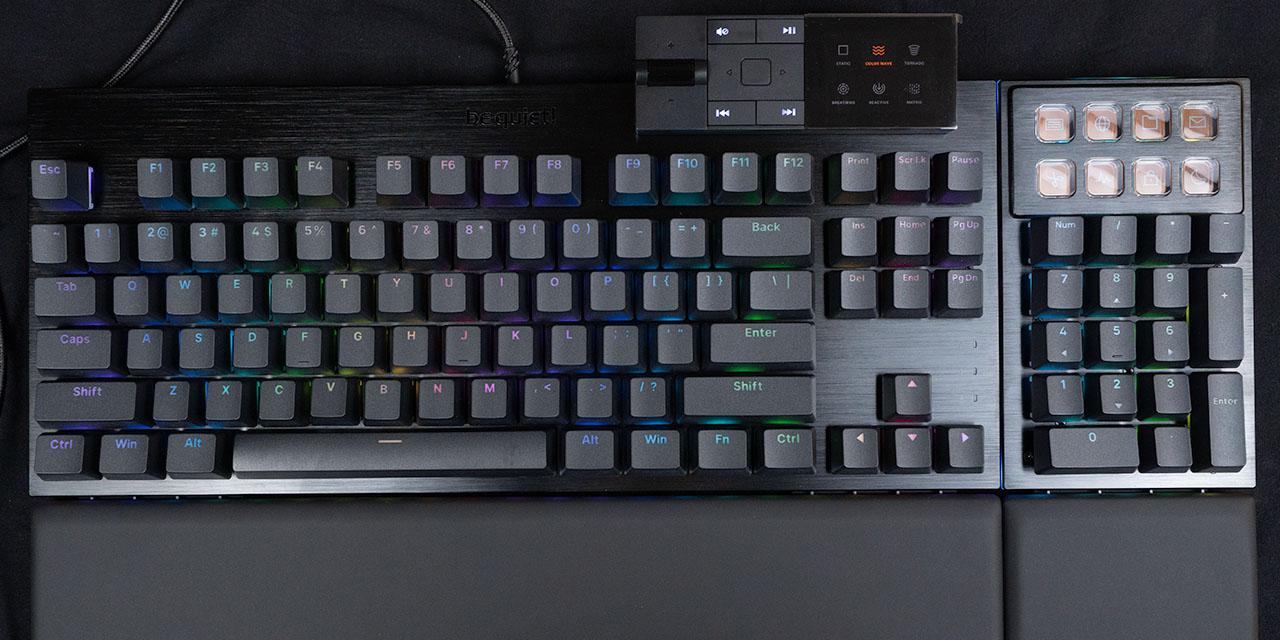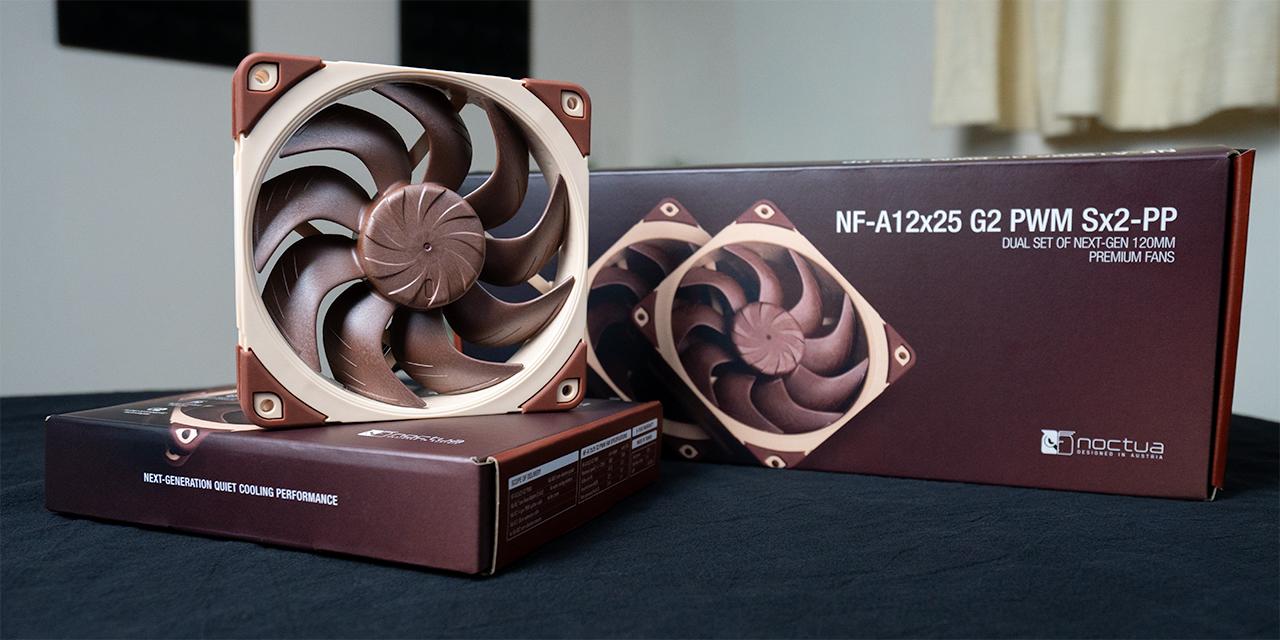Page 2 - Physical Look - Hardware
This is the first time I am covering over-ear headphones from Philips, and the Performance Wireless PH805, being as sensible as the company is, looks the part. Its conservative design along with the all-black matte finish means the PH805 does little to call attention to itself in public. Its subtle looks do not mean it lacks design, however. The design lines are clean and modern with sleek curves, which is something I appreciate and you will see more in other photos in this review. Our photo above shows the Performance Wireless in its collapsed state. The earcups rotate and one side folds in to be as flat and compact as possible. I like its low profile collapsed state better than headphones like the V-MODA Crossfade II Wireless. While the V-MODA Crossfade II Wireless is probably more efficient in terms of collapsed volume, a big bulgy device is harder to carry around than something that becomes folds flat even if the total volume is slightly more.
The construction quality of the Philips Performance Wireless PH805 is overall good. It has a pretty liberal use of hard plastic, so it is exactly what you expect from a product made out of hard plastic. That said, at no point did I find any joints squeaky, which is nice. The headband expansion has a satisfying click between each notch. The earcups click in place when expanded as well; unfortunately, the click is a plasticky click. On the positive side, the structural rigidity is decent.
These over-ear circumaural headphones feature 40mm neodymium acoustic drivers with a rated frequency response of an impressive 7Hz to 40kHz. These specifications are, quite frankly, quite a bit beyond the hearing range of any normal human being of around 20Hz to 20kHz. However, when used over Bluetooth 5.0, the rated frequency response reduces to 20Hz to 20kHz. The rated sensitivity is 90dB with an impedance of 16 ohms. It will work quite well with unamplified sources such as your smartphone in wired mode, but let me just say I did not get wireless headphones to use them in wired mode, haha. The maximum output power is 30mW.
The Philips Performance Wireless PH805 features a mostly traditional headphone design with a circular headband. Since no head is perfectly circular, there were some gaps noticed and the fit was generally about what you would expect for headphones of this shape. Soft padding wrapped in synthetic leather around the earcups provide average passive noise canceling. There was quite a bit of leakage around the back of my ears, which, in testing, creates an entry for hollow sounding ambient noise. More padding at the top wrapped in synthetic leather cushions these headphones against the top of your head. It was reasonably comfortable given the relatively light weight of these headphones.
Our above photo shows the Philips Performance Wireless PH805 in expanded form. At the bottom of the right ear cup is a depressible slider switch for turning the headphones on or off, Bluetooth pairing, active noise canceling enable or disable, and track control. The right earcup is also capacitive touch-enabled, where you can cover or swipe to do things like volume control, play/pause music, or manage calls. I found the PH805's control to be quite intuitive in everyday use. The only thing I found poorly designed about it was the cover and hold gesture to wake up the Google Assistant cannot be disabled. I have an Apple iPhone, and every time I accidentally used the gesture to wake up the Google Assistant, the Performance Wireless headphones will interrupt my music and tell me the Google Assistant is not connected. With the way it is designed, this happens all the time and it is very annoying. I would move the capacitive touch control to the left side, since it is very possible for you to reach for a physical button on the right headphone only to activate the capacitive touch features.
The Philips Performance Wireless PH805 are active noise canceling headphones. It uses four microphones, two on each side, to sense ambient noise and use an out of phase signal to try to cancel out ambient noise in the environment. You can turn ANC off. There is also a third mode that allows you to pipe in environmental sound into the headphones. With active noise canceling on, the rated battery life is 25 hours, while turning it off will give you another 5 hours. The rated battery life is quite impressive, but I was able to get way more from my tests. In fact, I got 35 hours and 42 minutes with ANC turned on at 50% volume. A full charge comes in 1.5 hours via its Micro-USB port, while rapid and quick charge will give you an extra 2 or 6 hours of play time according to the manufacturer. Unfortunately, the documentation of these headphones is very poor, and nowhere does it define how long is a rapid charge and how long is a quick charge. I looked around and found some unofficial documentation saying a rapid charge is 5 minutes and a quick charge is 15 minutes. I would much prefer a USB Type-C port as well, given it is 2020.
The PH805 connect to your audio source device via Bluetooth 5.0. Protocols supported over Bluetooth 5.0 are not specified, so I assume it is SBC only. SBC, or Subband Coding, is the default Bluetooth audio codec with reasonably good audio quality and low processing power requirements. It would be better if it has aptX and SBC support, which provides better audio quality over the wireless channel. If you prefer to connect these headphones to a standard 3.5mm headphone jack, the Philips Performance Wireless is Hi-Res Audio certified. However, you have to use the included cable, because the port on the Performance Wireless is strangely 2.5mm. The included 2.5mm to 3.5mm cable feels cheap and flimsy.
With all this in mind, how will the Philips Performance Wireless PH805 perform? As always, we have the entire Page 3 dedicated to presenting our auditioning results, calling tests to see how good the microphone is, battery life measurement, and experience with its wireless functionality.
Page Index
1. Introduction, Packaging, Specifications
2. Physical Look - Hardware
3. Subjective Audio Analysis
4. Conclusion





